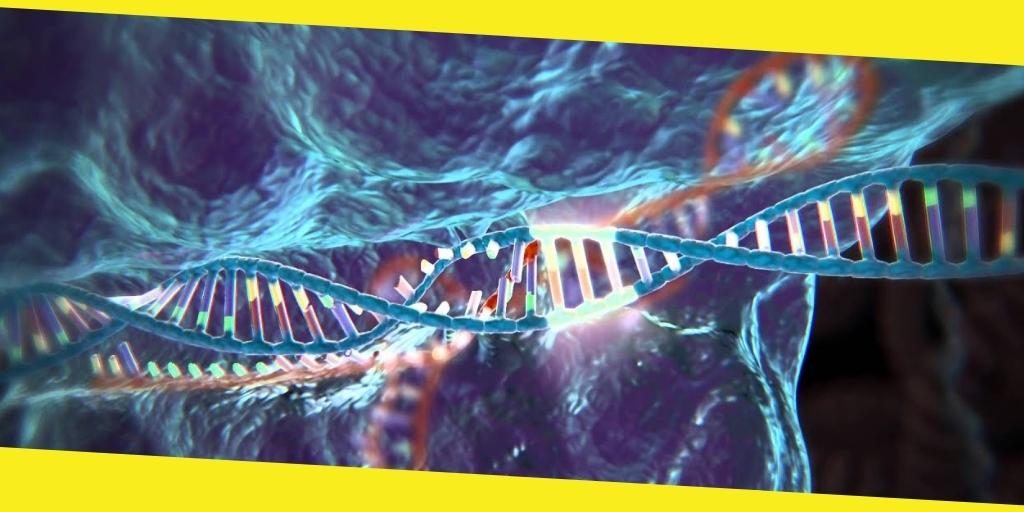
Cancer is an umbrella term that refers to a wide range of illnesses that can affect any region of the body. According to the World Health Organization (WHO), it is a top cause of mortality globally, accounting for almost 10 million fatalities in 2020.
Since scientists discovered that alterations in DNA cause cancer, they have been looking for a simple approach to reverse such changes by modifying DNA. CRISPR gene editing might be the solution
How CRISPR Gene Editing Works
Nature influenced the development of CRISPR. The concept was inspired by a primary defensive mechanism seen in germs such as bacteria. These microorganisms collect bits of the intruder’s DNA and store them as CRISPRs, or clustered regularly interspersed short palindromic repeats.
If the same germ attacks again, the DNA segments (which are now small amounts of RNA) aid an enzyme called Cas in locating and severing the invader’s DNA. Scientists noticed that this defensive system has the makings of a flexible gene-editing tool. Within a few years, scientists had effectively modified the method to edit nearly any region of DNA.
In the lab, the CRISPR gene editing tool consists of two primary components: a guide RNA and a DNA-cutting enzyme, most widely known as Cas9. Scientists create the guide RNA to mirror the DNA of the target gene. The guide RNA guides Cas to the target. Cas then chops the DNA at the designated point.
CRISPR and Cancer Care
Cancer research frequently focuses on pre-existing cancer cell lines. Immortalized cancer cell lines are obtained from cell culture banks and derived from malignancies that can develop in two-dimensional cultures indefinitely under particular circumstances. Because of their simplicity of use and scalability, researchers often look to cancer cell lines to investigate cancer biology and test possible therapies.
While there are many forms of cancer, all share only a few genetic alterations. These genetic alterations can either switch on (oncogene) or turn off (tumor suppressor) a gene, resulting in uncontrolled cell proliferation.
CRISPR enables scientists to edit genetic sequences in a very particular and efficient manner, such as introducing specific site mutations, silencing or overexpressing genes of interest, or inserting huge sequences to modify the function of that gene significantly. This gives researchers the ability to change the language of our DNA. In addition, scientists can modify genes more precisely with different variations of CRISPR, such as introducing a new section of DNA or changing single DNA letters.
Is CRISPR the Future of Cancer Care?
CRISPR is a game-changer for a variety of reasons. The most important advantage is that CRISPR is simple to employ, especially compared to earlier gene-editing techniques.
CRISPR has real-world applications in clinical cancer care and may influence cancer diagnostics and therapeutics in the future years. The day may come when this novel gene-editing tool becomes the key to understanding and preventing cancer. CRISPR has already become a go-to tool for cancer researchers due to its several benefits over other gene-editing techniques. This is why there is such optimism that it will play a role in cancer treatment.